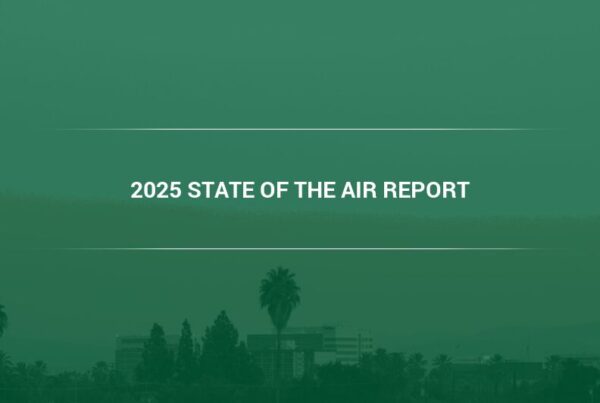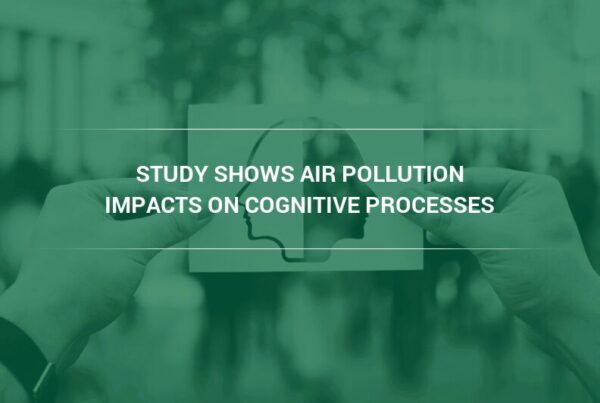Camfil AIr Filters Blog – While the dangers that breathing in pollutants imposes on our lungs have been extensively documented, there’s mounting evidence that the pollutants in our air could also damage our brains. Air pollution and Alzheimer’s disease are linked according to recent studies. Air pollution is now so excessive that it can even increase someone’s risk of developing Alzheimer’s disorder and other varieties of dementia. How does air pollution cause Alzheimer’s and what can be done to reduce it?
Did you read our blog:
Living Near an Airport Could Be a Matter Of Life And Death
Studies on Air Pollution and Alzheimer’s
Recent studies on air pollution and Alzheimer’s focus on the consequences of exposure to ultrafine pollutants in the air. These particulates can do damage to DNA and other cellular systems because they are so small they can penetrate cells.
”A recent 11 year long epidemiological study carried out by University of Southern California (USC) researchers found that exposure to high levels of polluted air can double the possibility of developing dementia and neurodegenerative diseases like Alzheimer’s,” explains Kevin Wood, Vice President Sales & Marketing at Camfil USA. “The study focused on older women who lived in locations that had air pollution above the EPA’s current standard of protection (12 µg/m3).” (1)
Yet another study at USC had scientists expose mice to aerosolized pollutants, and the research team discovered that the mice that were exposed to pollutants displayed classic signs of Alzheimer’s disease and memory damage, as well as other symptoms of brain damage.
Other studies have backed up USC’s findings. Researchers from the University of Toronto recently stated that people who live within 50 meters of a major road were more likely to develop dementia. Exposure to fine pollutants increased their chance of developing dementia by around 12 percentage points.
A study of aging dogs in Mexico City gathered other observations of how air pollutants influence the brain. The neuroscientists who conducted the study say that dogs who lived in polluted areas of Mexico City displayed confusion and couldn’t even recognize their owners. When the dogs died and autopsies were done, it was observed that the dogs had elevated plaque levels, just like what is found in Alzheimer’s disease. (2)
Which People Are the Most at Risk from Air Pollution?
Research has been conducted to determine which people are the most at risk from air pollution. Some people are more in danger from particulate pollution than others. The USC team found that women who had the gene APOE4 were at a much higher risk from pollutants.
Cigarette smoke is also thought to increase risk of developing neurodegenerative diseases, meaning smokers and those exposed to secondhand smoke could be at risk as well. The smoke itself contains a lot of ultra fine debris and could potentially trigger the production of neuroinflammation and amyloid plaques. In 2014, a report published by the World Health Organization attributed as much as 14% of Alzheimer’s disease around the world to cigarette smoking.
“Pollutants tend to have more of an impact on the poor, making them at higher risk for neurodegenerative diseases,” said Wood. “This is partly because they are much more likely to stay in locations with higher ultrafine pollution particle levels, including near essential roads or ports. Stress linked to poverty could end up amplifying the effects of pollution. Public health policies may want to focus on reducing pollution in communities that are particularly vulnerable to particulate exposure.” (3)
Researchers and other experts point out that the research on the link between air pollution and Alzheimer’s is still rather young, and the correlation between pollutants and neurodegeneration needs further study. While this research is still ongoing, it would still be prudent to take efforts to cut back on pollution and preserve our environment.
Reducing Air Pollution and Alzheimer’s
Due to our dependence on fossil fuels, the leading pollutant, it’s tough to completely eliminate air pollution. While we are not able to control the air itself, we can change what is going in it, and continue working to defend ourselves from particulate pollution, reducing air pollution and Alzheimer’s.
“EPA standards are important guidelines to reducing air pollution, and there could be a legal significance to the research which found that women who have a genetic predisposition to getting Alzheimer’s disease were extra sensitive to air pollution,” said Wood at Camfil. “When devising air pollution requirements, the EPA is required to keep in mind the health impact of pollutants on ‘vulnerable populations.’ The organization is likewise required to use its regulatory authority to take steps to protect these vulnerable populations.”
“The EPA estimates that their Clean Air Act will provide the U.S. with almost $2 trillion in advantages between 1990 and 2020, much of the money coming from fewer ailments and deaths,” continues Wood. “If there’s indeed a connection between particulate air pollution and Alzheimer’s or dementia, the Clean Air Act may be supplying even larger benefits than EPA’s estimate.” (4)
Air pollution has been declining slowly but steadily over the past five years since the EPA promulgated their new standards in 2012. Yet experts like Dr. Jiu-Chiuan Chen of the USC team say it’s not clear that current standards will make the air safe enough for aging brains, or for people who are genetically prone to Alzheimer’s.
The Trump administration has signaled that it is looking to drop or considerably rewrite the Obama administration’s guidelines, which cut back on emissions from power plants and create greater fuel efficiency standards for cars to decrease air pollution. (4)
If the Trump administration aims to reduce the cost of treating illnesses, such as dementia, they should be aware that cutting out the Clean Air Act’s regulations will have the opposite impact.
The air filtration industry is addressing the removal of ultrafine particles by presenting air filtration performance data through a new ISO testing standard. ISO 16890 provides a filter’s efficiency specific to particles ranges at levels 10 microns and smaller, 2.5 microns and smaller, and 1 micron and smaller. Designated as PM10, PM2.5 and PM1 in the test, PM1 is the value associated with a filter’s efficiency at removing ultrafine particles. Your local filtration professional can provide examples and data to guide you in the proper selection of air filters to address your specific local air quality concerns.
If you want to learn more about the link between air pollution and Alzheimer’s, or purchase filters and air purifiers to protect yourself, check out Camfil now.
Interesting post from Camfil Air Filters blog: Cities with the Worst Air Pollution in the U.S.
Lynne Laake
Camfil USA Air Filters
T: 888.599.6620,
E: Lynne.Laake@camfil.com
F: Friend Camfil USA on Facebook
T: Follow Camfil USA on Twitter
Y: Watch Camfil Videos on YouTube
Sources:
https://futurism.com/new-evidence-shows-that-air-pollution-causes-alzheimers-and-dementia/
https://news.usc.edu/115654/air-pollution-may-lead-to-dementia-in-older-women/
https://theconversation.com/air-pollution-exposure-may-increase-risk-of-dementia-72623



